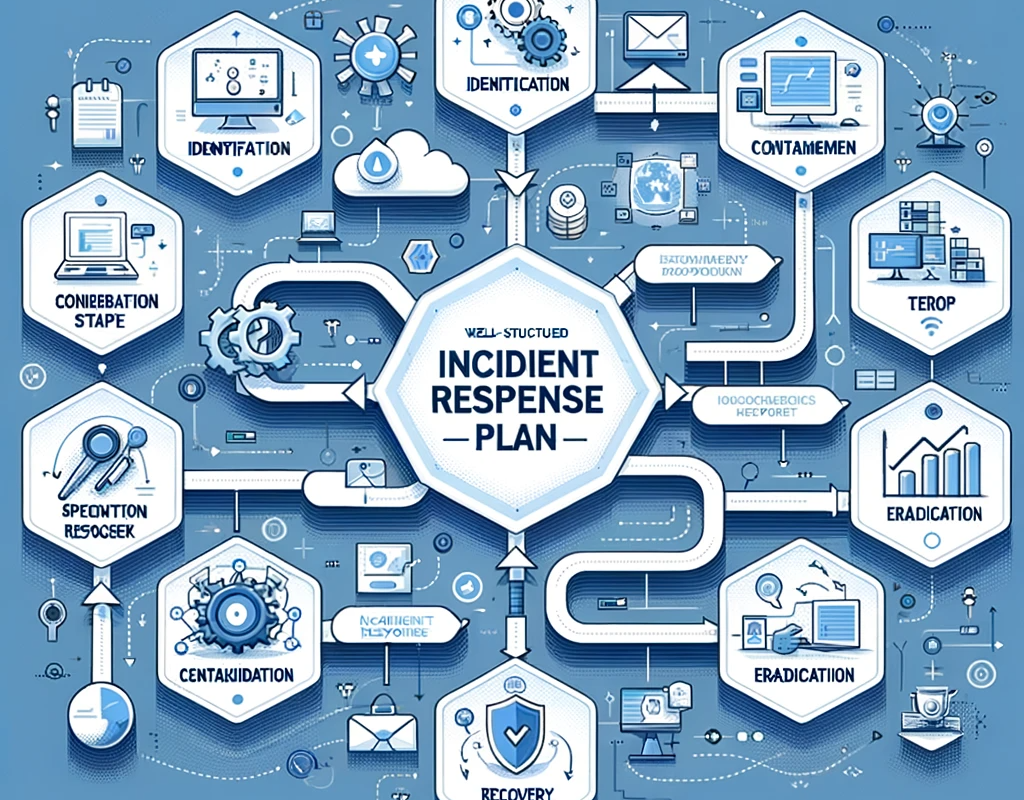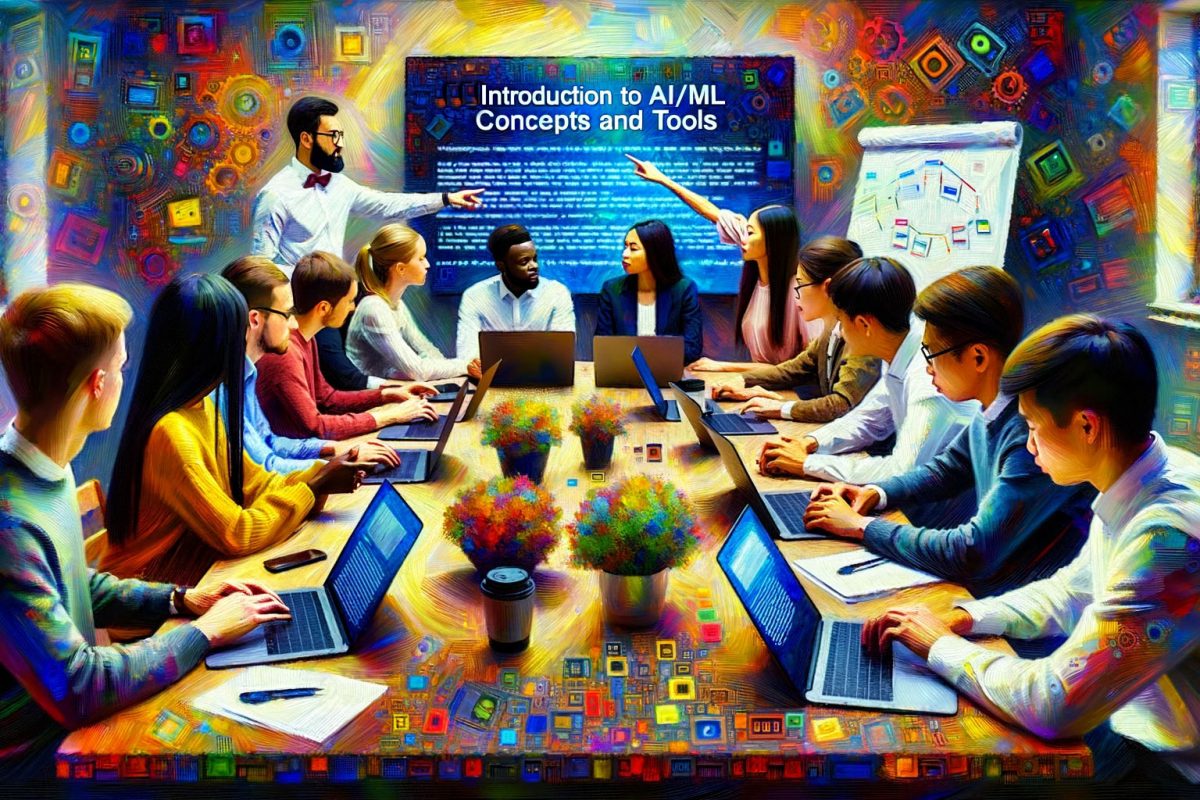The shift to hybrid remote work has dramatically accelerated shadow IT adoption. With employees empowered to procure their own cloud services, organizations are losing visibility and control over data. In this guide, we’ll explore proactive strategies IT leaders can employ to get ahead of the shadow IT risk.
Discover Hidden SaaS Apps
Many organizations are oblivious to the scale of shadow IT across their environment. The first step is running SaaS discovery tools like Cloudlock, Netskope, and Microsoft Cloud App Security to unveil sanctioned apps, user accounts, and data volumes across each.
Discovery provides clarity on the current state and highlights high-risk apps driving non-compliant data exfiltration that must be addressed urgently. This insight informs the next steps.
Shift to IT-Sanctioned Alternatives
Rather than playing whack-a-mole trying to block every shadow app, provide IT-approved alternatives that enable the same user needs securely. For example, replace unchecked Dropbox usage with Microsoft OneDrive governed by data loss prevention policies.
Promote sanctioned apps through awareness campaigns, self-service access, and automated data migrations from high-risk shadow apps to guide users into the light.
Apply Unified Data Controls
For sanctioned apps, implement unified data loss prevention, encryption, visibility, and threat detection through cloud access security broker (CASB) platforms. Native CASB integration in Microsoft 365 provides protection for Microsoft and third-party apps.
Consistent data controls reduce risk while enabling collaboration across apps. With centralized policies, IT regains control without stifling business needs satisfied by shadow apps originally.
Simplify Procurement and Deployment
Empower employees to easily request and gain secure access to new apps through self-service IT catalogs. Automate fulfillment with user provisioning and single sign-on (SSO) to eliminate onboarding friction.
Fast deployment of sanctioned apps removes the incentive to seek shadow apps. Integrate request systems with change management workflows for necessary oversight by IT.
Continuously Monitor Usage
Apply automated usage analytics to detect shadow IT apps that may reemerge over time as employees try new solutions. For example, identify categories like messaging apps with disproportionate third-party usage compared to IT-approved tools.
Ongoing monitoring enables early detection so problematic apps can be replaced in a controlled manner before widespread adoption occurs.
With the right strategies, IT leaders can strike the balance between security and workforce productivity as hybrid work endures. Tackle this challenge head on by taking control with sanctioned apps. Contact DBGM to create your shadow IT management plan.





